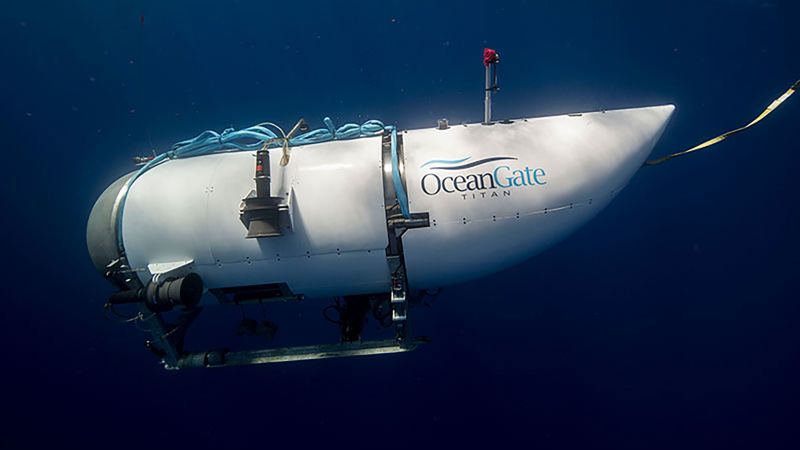UPDATE: A shocking new report from the National Transportation Safety Board (NTSB) confirms that faulty engineering directly caused the catastrophic implosion of the Titan submersible, resulting in the tragic deaths of five individuals, including prominent explorers. The NTSB’s findings, released just moments ago, reveal critical safety oversights that led to the incident during a dive to the Titanic wreck site on June 18, 2023.
The NTSB’s final report emphasizes that the Titan’s design flaws included a carbon fiber composite pressure vessel with multiple anomalies, which failed to meet essential strength and durability standards. It states that OceanGate, the company behind the Titan, did not conduct adequate testing and lacked awareness of the vessel’s true structural integrity.
The report also highlights that had OceanGate followed standard emergency response protocols, the Titan could have been located sooner, potentially saving valuable time and resources, even though no rescue was feasible. This stark revelation underscores the critical nature of safety in deep-sea exploration.
The NTSB’s findings align with an earlier report from the U.S. Coast Guard, which described the Titan’s implosion as preventable. Their investigation identified “critically flawed” safety procedures at OceanGate and glaring discrepancies between established safety protocols and actual practices.
OceanGate has since suspended its operations, a decision made in July 2023. Representatives for the company have not commented on the latest NTSB findings, but previously expressed condolences to the families affected by the tragedy. The incident claimed the lives of notable figures, including OceanGate CEO Stockton Rush, French explorer Paul-Henri Nargeolet, British adventurer Hamish Harding, and two members of a prominent Pakistani family, Shahzada Dawood and his son Suleman Dawood.
The NTSB report calls for the Coast Guard to establish a panel of experts to evaluate safety regulations for submersibles and other pressure vessels designed for human occupancy. It urges the Coast Guard to implement new regulations based on the upcoming study and to disseminate the findings throughout the industry.
The Titan had been making dives to the Titanic site since 2021, with its final descent resulting in the loss of all lives onboard. After losing contact with its support vessel approximately two hours into the dive, a massive search effort was launched in the North Atlantic, about 435 miles (700 kilometers) south of St. John’s, Newfoundland. The extensive search made international headlines, but as the days passed, it became clear there would be no survivors.
With the NTSB’s urgent recommendations and the ongoing scrutiny of OceanGate’s practices, this incident raises pressing questions about the future of private deep-sea expeditions. As investigations continue, the industry faces increasing calls for stringent safety regulations to prevent further tragedies.
Stay tuned for more updates on this developing story as authorities assess the implications of the NTSB’s findings on deep-sea exploration safety.
